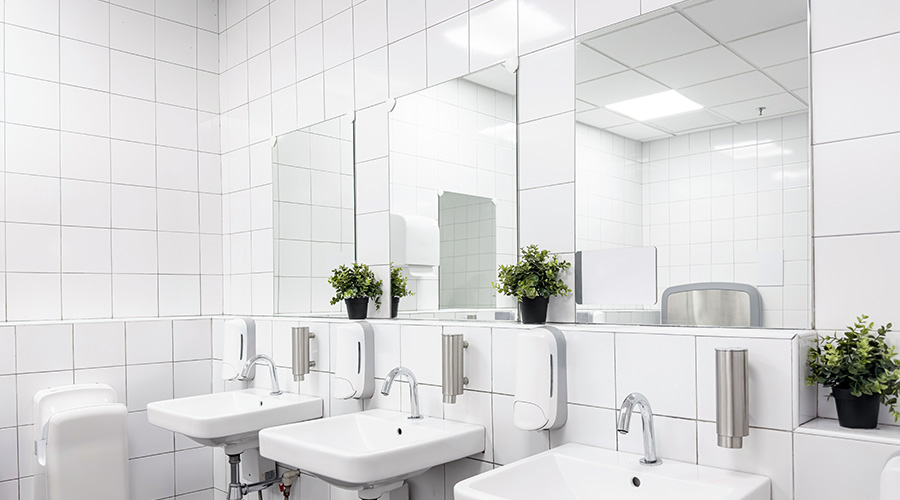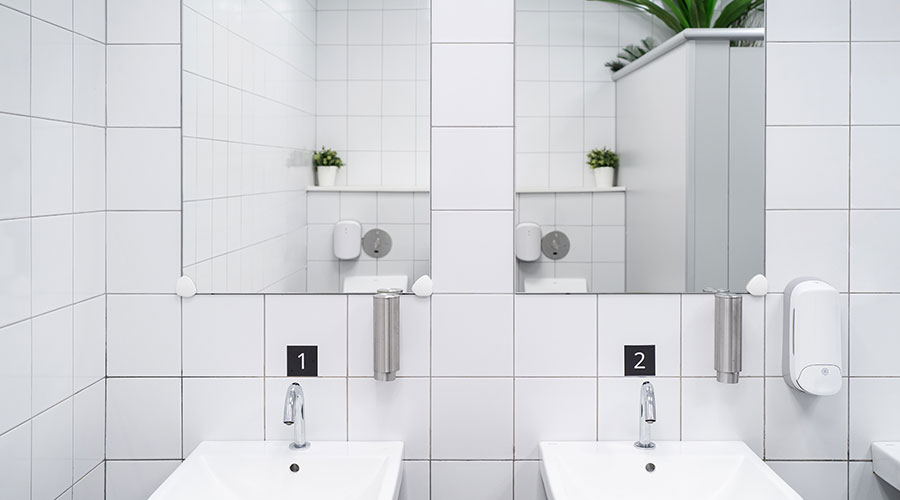Managers Seeking Documentation, Verification for Green Products
As interest in environmental responsibility grows within institutional and commercial organizations, many manufacturers say they are hearing more often from end users that sustainability is no longer just a feel-good topic.
“Sustainability is morphing from a catch-phrase to a real issue customers want to be educated on,” says Dan Silk, vice president of environmental sustainability for Georgia-Pacific Professional.
Not surprisingly, maintenance managers want documentation and proof before they make a final purchase decision, both because they are hands-on types and because their tight budgets will not allow for mistakes in spending. Many of their organizations have made sustainability a top priority and expect managers to take actions and make smart decisions that help them succeed in that effort.
“The most frequent question from customers is, ‘We’ve set these goals on achieving sustainability. How can you help us quantify our success in achieving them?” Silk says.
Among the biggest mistakes end users make is failing to quantify past practices to set a baseline against which they can measure the success of their actions, he says. Many only check the product’s cost and to see if it has a seal or certification proving its sustainability. “That won’t make long-term sustainability down the road.”
Nonetheless, customers are asking for every bit of evidence they can find that the products they are considering will deliver the benefits promised, Kapalko says.
“Customers are increasingly asking for documentation and independent verification of our product specifications — 100 percent recycled content, process-chlorine free, third-party certification,” he says. “We’re also being asked to provide more information or fill out score cards about our company’s environmental and social accomplishments and initiatives.”
As discussions of sustainability get more serious, the flow of information also can go the other way, as manufacturers in more cases are asking customers for data on products they use and the way they use them.
Silk offers the example of a large commercial real estate company that wanted guidance on sustainability related to source reduction and reclamation of fibers, or recycling, in its facilities. One challenge Silk’s company faced in helping the customer was that while the company had a recycling program, it had no data to quantify success — how much recyclable material came into its facilities and how much the recycling program had been reclaiming.
The manufacturer eventually was able to obtain the data it needed, then developed a new recycling system for the customer. As a result, Silk says, the program’s efficiency has gone from less than 10 percent to more than 103 percent. How can it be more than 100 percent? Employees actually bring recyclable materials from home for collection at the office.
Related Topics:













